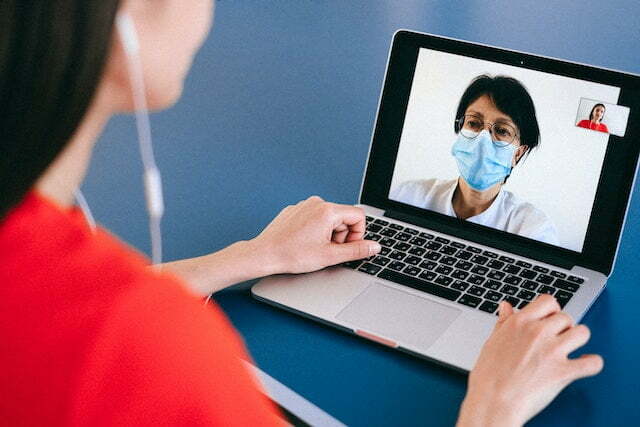
Telemedicine and Remote Healthcare: The Future of Medical Care?
Telemedicine and remote healthcare have become increasingly popular in recent years, especially in light of the COVID-19 pandemic. These technologies allow patients to receive medical care from the comfort of their own homes, eliminating the need for in-person visits to healthcare facilities. In this blog, we’ll explore the potential of telemedicine and remote healthcare to revolutionize medical care and provide better access to healthcare for everyone.
What is Telemedicine?
Telemedicine refers to the use of technology to provide medical care remotely. This can include video consultations with doctors, remote monitoring of vital signs, and the use of mobile health apps to track symptoms and provide health information. Telemedicine can be used for a wide range of medical conditions, from routine check-ups and follow-up appointments to mental health counseling and chronic disease management.
Benefits of Telemedicine
Telemedicine offers numerous benefits to patients and healthcare providers alike. For patients, telemedicine can provide greater convenience and flexibility in accessing medical care. Patients can avoid long wait times and travel to appointments, and can receive medical care from the comfort of their own homes.
Telemedicine can also provide greater access to medical care for underserved populations, such as those living in rural areas or those with limited mobility. With telemedicine, patients can receive medical care from healthcare providers located anywhere in the world, opening up new possibilities for accessing specialized care.
For healthcare providers, telemedicine can improve efficiency and productivity, allowing them to see more patients in less time. Telemedicine can also reduce the need for in-person visits, helping to reduce the risk of exposure to infectious diseases and other health risks.
Remote Healthcare Monitoring
In addition to telemedicine, remote healthcare monitoring is another area of remote healthcare that is gaining popularity. Remote healthcare monitoring allows healthcare providers to monitor patients’ vital signs and other health data remotely, using technology such as wearable devices and mobile health apps. This can be particularly useful for patients with chronic health conditions, who require ongoing monitoring to manage their conditions.
Remote healthcare monitoring can help to reduce the need for in-person visits, and can provide patients with greater control over their health data. Patients can use mobile health apps to track their symptoms, monitor their progress, and communicate with healthcare providers as needed.
The Future of Medical Care?
Telemedicine and remote healthcare have the potential to revolutionize medical care and provide better access to healthcare for everyone. These technologies can help to improve efficiency and productivity, reduce the need for in-person visits, and provide greater access to medical care for underserved populations.
As the technology continues to evolve, we can expect to see even more innovative uses of telemedicine and remote healthcare in the future. With greater access to medical care and more convenient ways to access healthcare, we can work towards a future where everyone has the opportunity to achieve optimal health and well-being.



